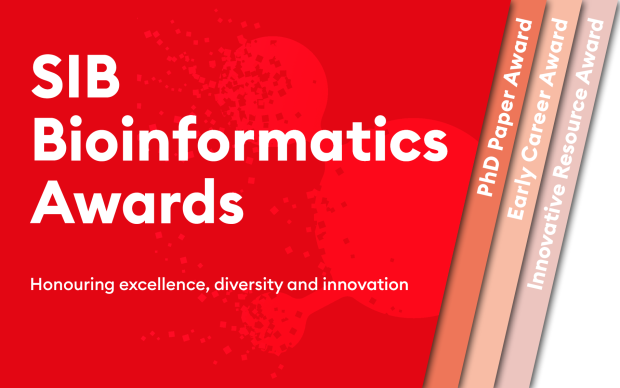Nacho Molina – Laureate of the 2011 SIB Early Career Bioinformatician Award
Nacho Molina received the SIB Early Career Bioinformatician Award for his project on how “Mammalian genes are transcribed with widely different bursting kinetics”, performed in the team of SIB Group Leader Félix Naef at EPFL (Lausanne).
Today, Nacho is successfully leading his own group at the Institute of Genetics and Molecular and Cellular Biology (IGBMS) in France and is also a permanent researcher at the French National Centre for Scientific Research (CNRS). Together with his team, he is trying to improve our understanding of how stochastic process influence eukaryotic gene regulation. To learn more about Nacho’s research interests, follow @molina_lab on Twitter.
About the SIB Bioinformatics Awards and our interview series “Meet the past SIB Awards Laureates”
Started in 2008 as an initiative to distinguish young bioinformaticians in Switzerland, the SIB Bioinformatics Awards have gone a long way since: from a single national award to three different prizes today, honouring 1) international early career bioinformaticians (SIB Early Career Bioinformatician Award), 2) excellency within the Swiss PhD community (SIB Best Swiss Bioinformatics Graduate Paper Award) and 3) innovative bioinformatics resources (SIB Bioinformatics Resource Innovation Award). Throughout the years, 21 awards have been presented, with nine laureates recognized for their outstanding early career, ten Graduate students for their excellent publication and two bioinformatics resources for their innovative aspect.
In 2019, the SIB Bioinformatics Awards will be presented for the 10th time, providing a great occasion to reach out to past laureates and ask them where they are now in their career: this interview is part of a series inviting you to meet past SIB Bioinformatics Awards laureates.
At which point of your career were you when you received the SIB Award? How did it feel? What was the key interest of your research at this time point?
I was a postdoc in Félix Naef's lab at EPFL when I received the award just shortly after we had published our project in Science. It was the first time that I received a price for my research and I felt deeply honoured. And, although publishing in Science was already an important way of getting recognition for my work, for me it was very special to be awarded by the Swiss community of bioinformatics, my colleagues. As I always say: scientifically speaking, I was born in Switzerland!
Back then, I was working on the development of mathematical models and computational methods to study the stochasticity of gene expression in mammalian cells. I developed a Bayesian framework combining hidden Markov models with stochastic models of biochemical reactions to analyse traces of a special luciferase reporter (Ed. note: an enzyme that produces bioluminescence and enables to track the activity of other genes) that was engineered by David Suter in Ueli Schibler’s lab in Geneva. Together, we were able to study fundamental parameters of gene transcription such as gene activation and deactivation rates or mRNA synthesis rates of endogenous promoters. Moreover, we discovered that in order to be reactivated, genes must go through a refractory period, a sort of reset period in which transcription cannot be turned on.
What are your current research interests?
The main research activity in my group is to develop stochastic and biophysical models of eukaryotic gene regulation. Our work lays at the interface between bioinformatics and biophysics combining tools and methods from both fields. We develop mechanistic models of gene regulation based on both large-scale genome-wide data and single-cell imaging data. More recently, I got interested in modelling the dynamics of gene regulation in the context of the cell cycle and cell differentiation.
In your personal opinion, what is the single most fascinating discovery made possible by bioinformatics?
Nowadays, it is almost impossible to find a breakthrough event in biology that does not heavily rely on sophisticated computational approaches to analyse the experimental data and to model the biological process under study. However, if I have to choose a recent research direction in bioinformatics that I personally find exiting, then it is the inference of cell types, differentiation linages and gene regulatory networks from single-cell transcriptomic data.
What do you like to do in your free time?
I have two kids aged 7 and 5 years: I don't have free time!
Any words for the future generation of bioinformaticians?
Keep working hard because the future of research in biology is yours.
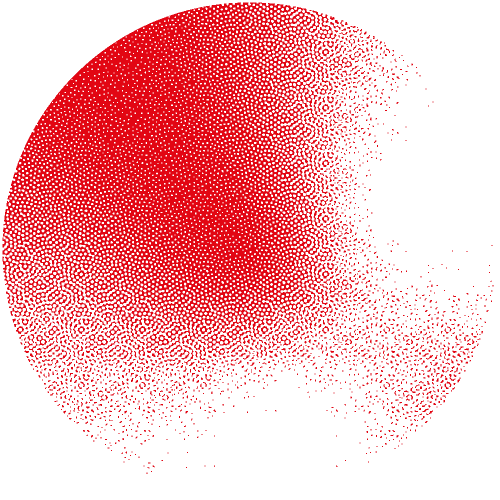
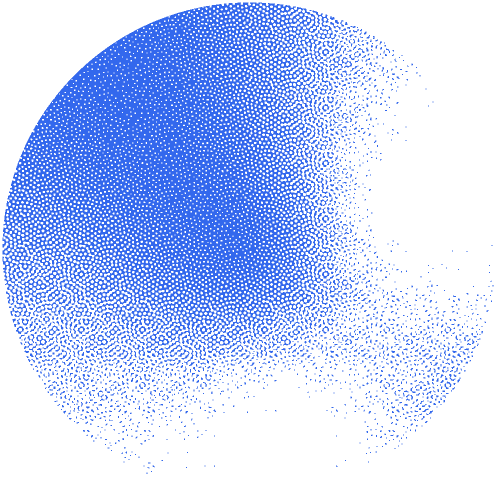
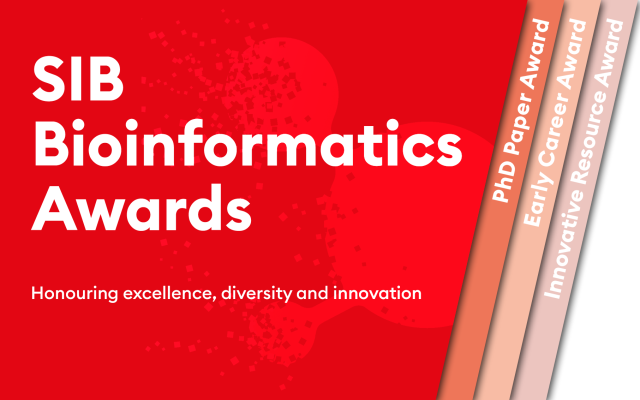
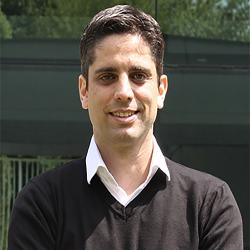
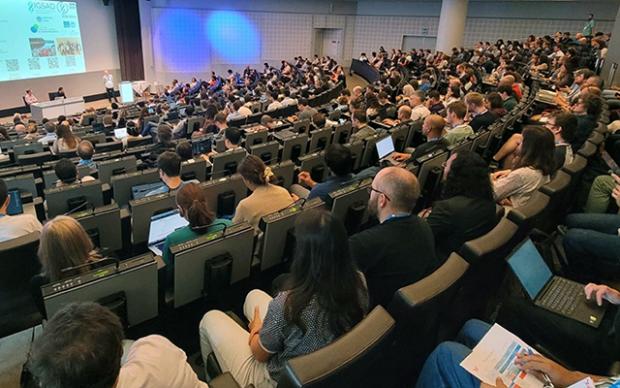
![Ilan Gold presenting at the [BC]2 Basel Computational Biology Conference](/sites/default/files/styles/card_image/public/2025-10/ilan-gold-banner.jpg?h=602a36b5&itok=YvC9BUMP)
